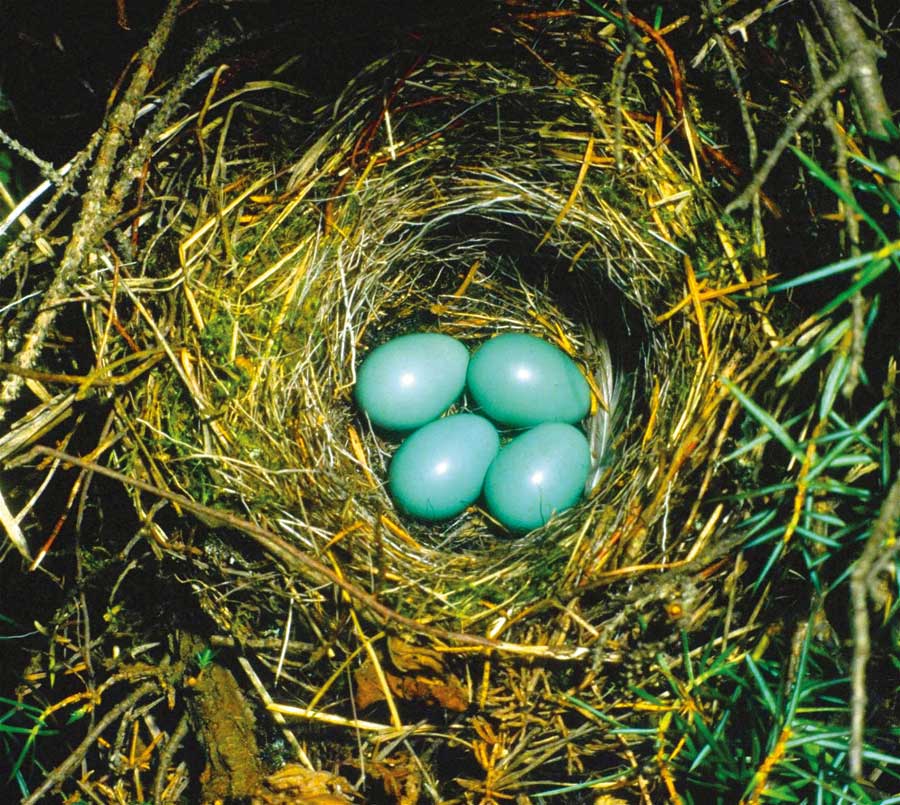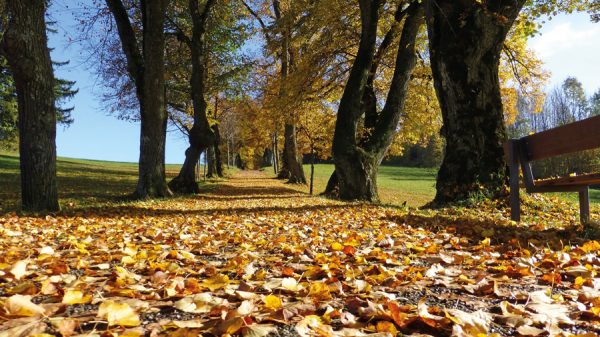−−− BY LINDA JENKINSON −−−
We’ve had a lot of wet, westerly weather over March and while we’ve been keeping warm indoors, our resident birds have had to delay their courtship to conserve their energy. Finding food is more important in harsh weather. The March storms hindered the progress of some of our early spring migrant species such as chiffchaff, sand martin, ring ouzel, wheatear and osprey. Some individuals arrived in the UK, from Africa and southern Spain, ahead of the storms and will have remained in the south of England until the end of the chaotic weather system. They will now be winging their way into Yorkshire and beyond in increasing numbers so keep your eyes peeled.
At least this March was relatively mild, despite the wind and rain, and there are quite a few insects around to provide food for those that need them. Our resident species will certainly make the most of this to ensure they reach their peak breeding condition. Some of them will already be laying eggs. All small perching birds, such as blue tit, great tit, dunnock and robin will lay one egg a day, but they won’t begin to incubate their eggs until they have finished laying. This is to ensure that the eggs hatch roughly at the same time and fledge on the same day. The amount of eggs depends on species with great tits laying on average 7-9 eggs and blue tits laying 8-10 eggs. In comparison, robins and dunnocks only lay 4-5 eggs. In contrast, birds of prey begin incubating after the first egg is laid. Chicks hatch on different days and grow at different rates. It’s very common for only one chick to fledge as there is often not enough food to go around. Smaller chicks are often eaten by the larger ones in lean years. Life is tough when you’re at the top of the food chain.
You may observe some behaviour in early April that might make you think that a chick has already fledged. One bird will be feeding another, the recipient fluttering its wings as if begging for food. This is part of the courtship ritual between male and female birds. The male is showing his fitness to breed by providing the female with food. This ability to feed the female is important as, when incubation is taking place, the male will take food to the female on the nest.

■ Dunnock eggs
Once the eggs hatch, both parents will feed the chicks however, if the temperature drops, one bird will remain in the nest to keep the chicks warm and dry. With luck the weather will allow both parents to tend to the young until they are fledged but sometimes harsh conditions mean that birds face a cruel dilemma. If one parent has to remain to ensure chicks stay warm and dry, the other parent often can’t bring in enough food for the chicks to thrive. Insects are hard to find in cold, wet and windy weather but if both parents decide to hunt then the chicks get hypothermia.
Providing food in your garden during bad weather will help breeding adults to keep themselves healthy and enable them to feed their hungry chicks with all the insects they can find. Let’s hope they have an easy time of it this year and lots of lovely chicks are fledged successfully.
Linda Jenkinson teaches people about birds in and around Leeds. For details of classes email linda@startbirding.co.uk or call 07778 768719. Visit www.startbirding.co.uk or Start Birding on Facebook and Twitter







